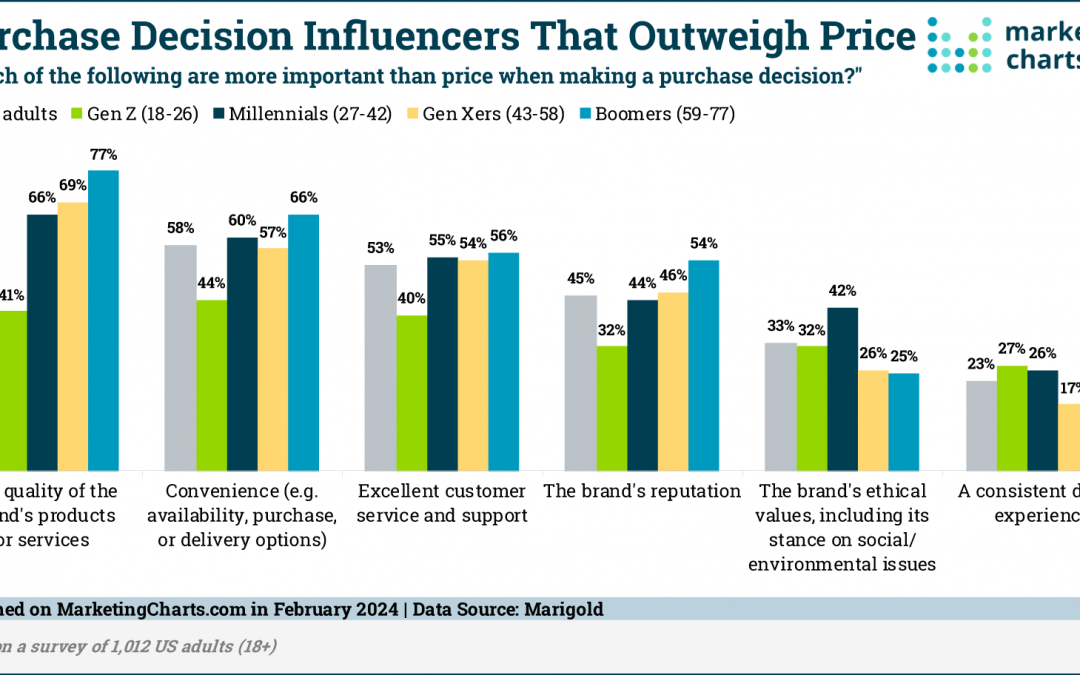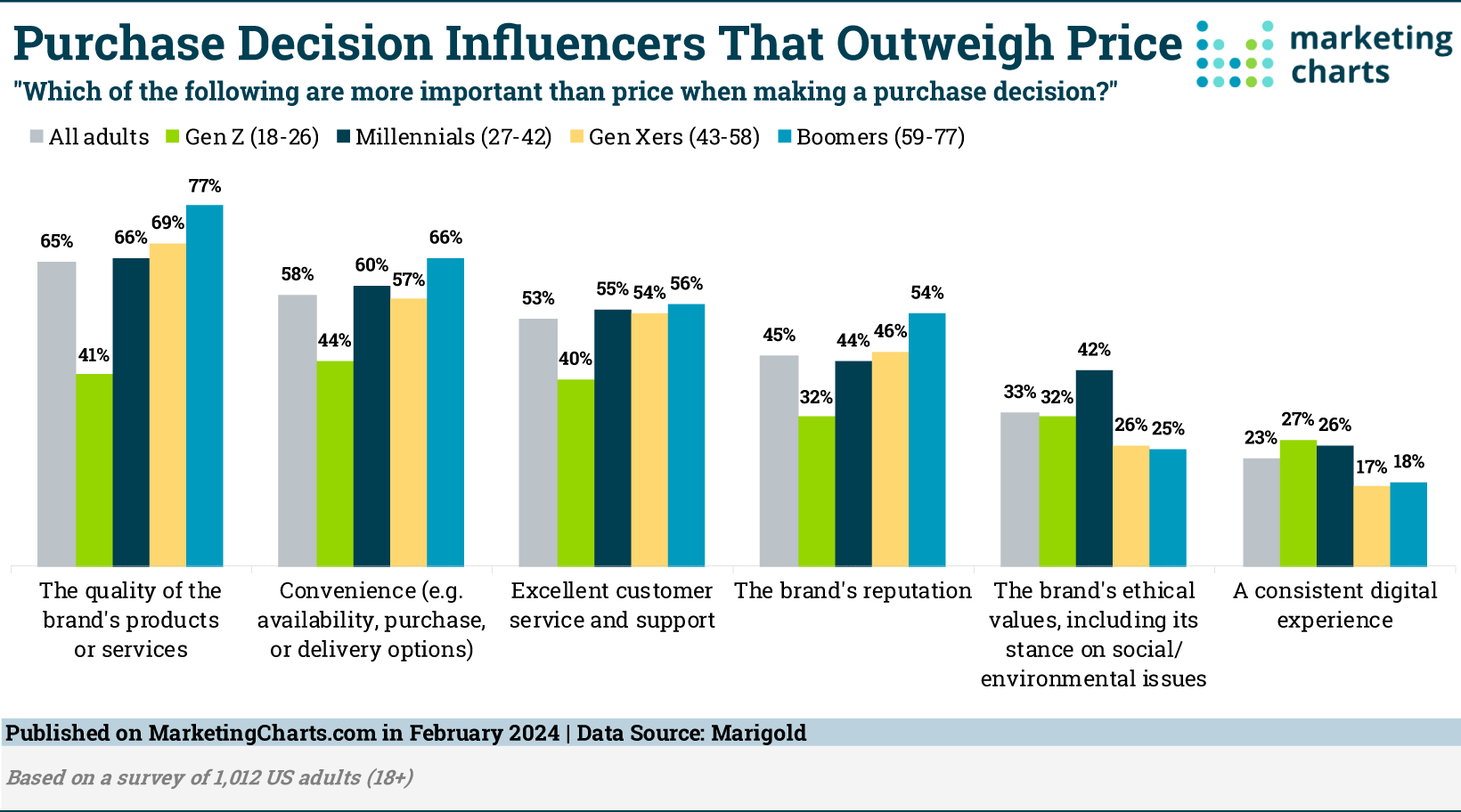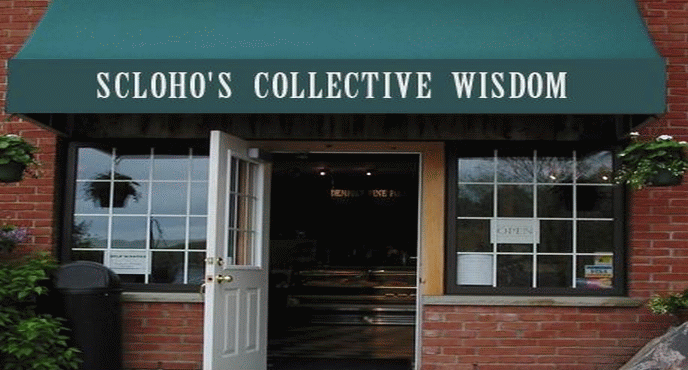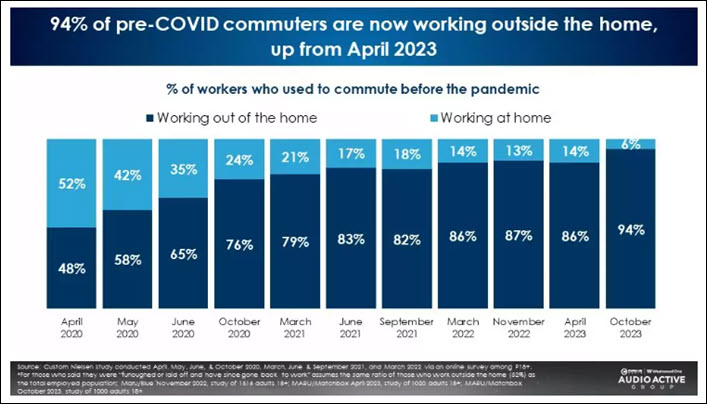
No Quick Fix
One of the concerns that I sometimes hear when talking to a business owner about investing in an advertising campaign is how long it will take to get results.
Or a variation is the opposite…
Can we handle all the business we get if we start advertising with your radio station?
My friends, there is usually no quick fix.
Advertising is usually not like a faucet that you turn on and customers come rushing out to buy what you have right away.
It takes time.
How much time?
Depends on how many ads you place and how often they air and a few other important factors.
However to the untrained, it might seem like things are closer than they really are.
Last month my wife and I took a trip to Washington DC to see the Cherry Blossoms and sightsee and along with a memorable trip, I’ve also got material for a few blogposts and podcast episodes.
The first day of our arrival, after checking in to our hotel and enjoying dinner at a local Irish pub, we decided to walk over to the Capitol Building which I knew was about 3 or 4 blocks away. We could see it from the Irish pub.
Then we glanced over towards the Washington Monument and decided to hike thru the National Mall to the Monument where there were more Cherry Trees and it was my intention to continue to the Jefferson Memorial.
However as we started the first part of our journey it was getting dusk and our perception of distance and the time it would take was off. We did make it to the Washington Monument, but there was no way we were going to continue that night all the way to the Thomas Jefferson Memorial on foot on Friday night.

A couple days later, with some pre-planning, I made arrangements for us to get a tour of the major sites of Washington DC that included transportation and from the steps of the Lincoln Memorial in the daylight that Sunday, we could see much more clearly the big picture of how far we were from the Washington Monument and the Capitol Building.

The lessons we learned about quick fixes:
- Plan ahead
- Understand the journey
- Know when to regroup and find a different method
- Dress appropriate for the journey
Those same lessons apply to marketing your business, even the last one about dressing appropriately.
Want help? Contact me.






